6- Foot Placement and Stride for an Elegant Walk
Building on the foundation of good posture we’ve discussed earlier, the next step in mastering an elegant walk is refining your foot placement and stride. While proper posture ensures that your body is aligned and balanced, the way you position your feet and move your legs will complete the picture. Every step you take can influence the flow of your walk, and small adjustments to your foot motion can make a significant difference in how graceful and controlled your walk appears. In this section, we will focus on key aspects like the proper heel-to-toe motion, the right stride length and pace, and how to maintain even weight distribution as you move. By paying attention to these elements, you’ll be able to walk with more fluidity, ease, and confidence, building on the solid foundation of good posture from the previous section.
Heel-to-Toe Motion– How to roll the foot properly while walking
One of the most fundamental elements of an elegant walk is mastering the heel-to-toe motion. This natural foot movement helps your stride remain smooth, balanced, and graceful. The process begins as your heel makes contact with the ground. Instead of landing flat-footed or with your toes first, allow your heel to gently strike the ground first, followed by a rolling motion toward the toe. This ensures that each step flows effortlessly, without any jarring impact. The transition from heel to toe should feel fluid, with no abrupt shifts in weight or movement. This rolling motion reduces the risk of any awkward, stiff steps and gives your walk a more controlled and rhythmic flow.
As your foot rolls forward, it’s essential to push off with your toes to propel yourself into the next step. Avoid the temptation to drag your feet or shuffle, as this can make your walk look sluggish and ungraceful. By properly engaging the arch and toes as you push off, you maintain a natural and efficient walking motion. The heel-to-toe roll also ensures that the rest of your body moves in harmony with your lower limbs, keeping your posture upright and your stride confident. The key is to maintain a gentle, rolling movement, rather than forcing your foot into an unnatural or jerky motion.
Additionally, focusing on the proper heel-to-toe motion helps improve your overall balance. When your foot rolls smoothly from the heel to the toe, you’re able to evenly distribute your weight across the entire foot, preventing any imbalance or instability. This not only makes your walk appear more poised, but it also reduces the risk of discomfort or strain on your joints. Practicing this technique will make walking feel more effortless and will help you move through space with greater ease. With every step, you’ll be able to glide smoothly, allowing your walk to look more elegant and less forced.
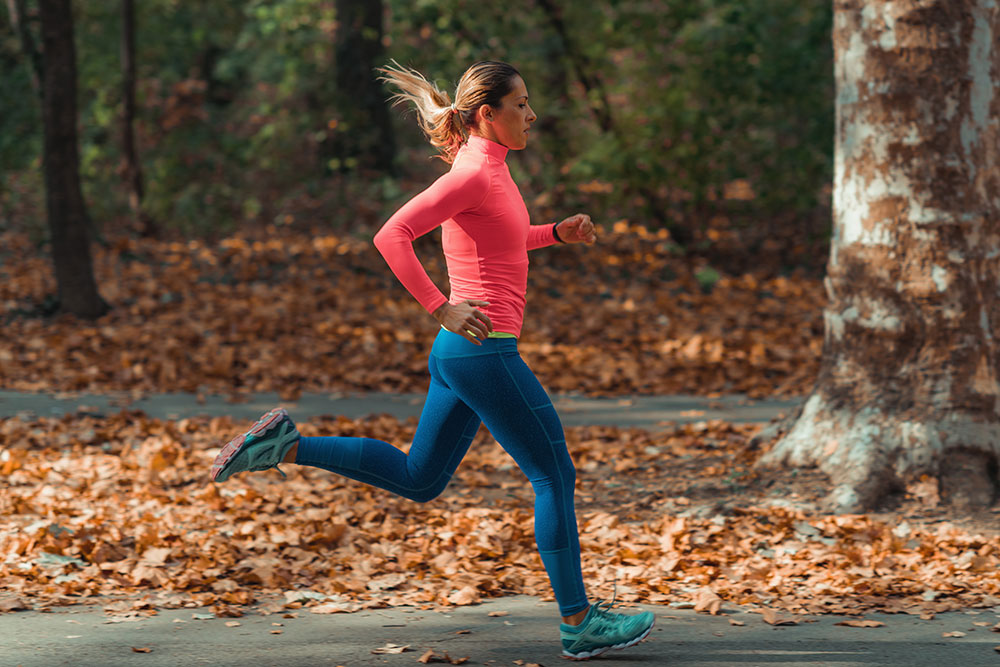
Stride Length and Pace– Finding a smooth, comfortable pace
Finding the right stride length and pace is essential to walking with elegance. Your stride should feel natural and comfortable, without being too long or too short. Overstriding; taking steps that are too large can cause your walk to appear stiff and awkward, while undersized steps can make you look like you’re dragging your feet. Ideally, your steps should be proportional to your natural walking rhythm, allowing your legs to move fluidly without strain. To find your perfect stride length, focus on walking at a pace that feels comfortable, where you’re not stretching too far forward or barely lifting your feet off the ground. A smooth, consistent stride helps maintain balance and ensures that your movements are in harmony with your body.
The pace at which you walk plays an equally important role in how graceful you appear. Walking too fast can make you look rushed and disorganized, while walking too slowly may give off an impression of uncertainty or lack of confidence. To walk elegantly, aim for a moderate, relaxed pace. A steady pace allows you to maintain control over your posture and foot placement, while also giving your movements a fluid quality. To achieve this, take even, measured steps that keep your momentum flowing naturally, rather than hurrying through your walk or dragging your feet. Walking at a steady pace also contributes to a composed, confident appearance.
It’s also essential to keep your stride in sync with the rhythm of your body. When you take smooth, comfortable steps, your whole body moves in a more coordinated way, and this adds to the elegance of your walk. Think of your stride as an extension of your posture by maintaining a consistent pace and not overexerting yourself, you allow your movements to stay relaxed and poised. If you’re in a crowded or busy space, try to find a pace that allows you to move with ease, avoiding sudden, abrupt motions. Finding this balance in stride length and pace is key to walking elegantly, ensuring that your movements come across as effortless and graceful.
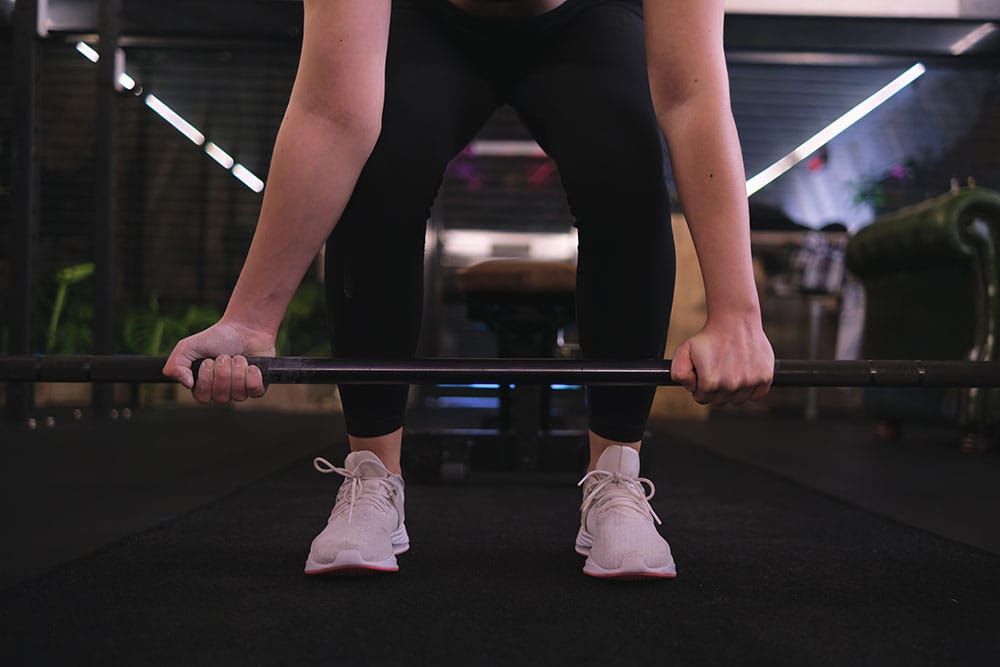
Weight Distribution- Shifting weight evenly across both feet
Proper weight distribution is a crucial aspect of walking with elegance and maintaining balance. When walking, it’s important to shift your weight evenly across both feet, avoiding any unnecessary leaning or favoring one side. This ensures that your body remains centered and aligned, contributing to a more stable and graceful stride. If you tend to lean too much to one side or shift your weight unevenly, it can lead to a wobbly, unsteady walk. The goal is to keep your torso upright, with your weight evenly distributed from your heels to your toes. This balance helps prevent discomfort and allows your walk to look smooth and effortless.
One of the easiest ways to achieve even weight distribution is by being mindful of where you place your feet. As you take each step, focus on landing with your foot fully on the ground, from heel to toe. Avoid placing too much pressure on your toes or heels alone, as this can cause your walk to look stiff or uneven. Instead, aim to spread your body weight evenly across your entire foot. By doing this, your body will feel more grounded and secure, and your movements will be more controlled. Even weight distribution also helps prevent unnecessary strain on your joints, reducing the risk of injury or discomfort while walking.
Maintaining even weight distribution is particularly important when walking for extended periods or on uneven surfaces. For example, if you’re walking on a slight incline or navigating stairs, the need for balanced weight becomes even more apparent. Shifting weight evenly from one foot to the other helps maintain stability and reduces the chances of stumbling or losing your balance. This mindful approach to weight distribution allows for a smooth, natural flow of movement, making your walk appear both poised and fluid. With practice, it will become second nature, allowing you to walk with confidence and grace no matter the environment or terrain.
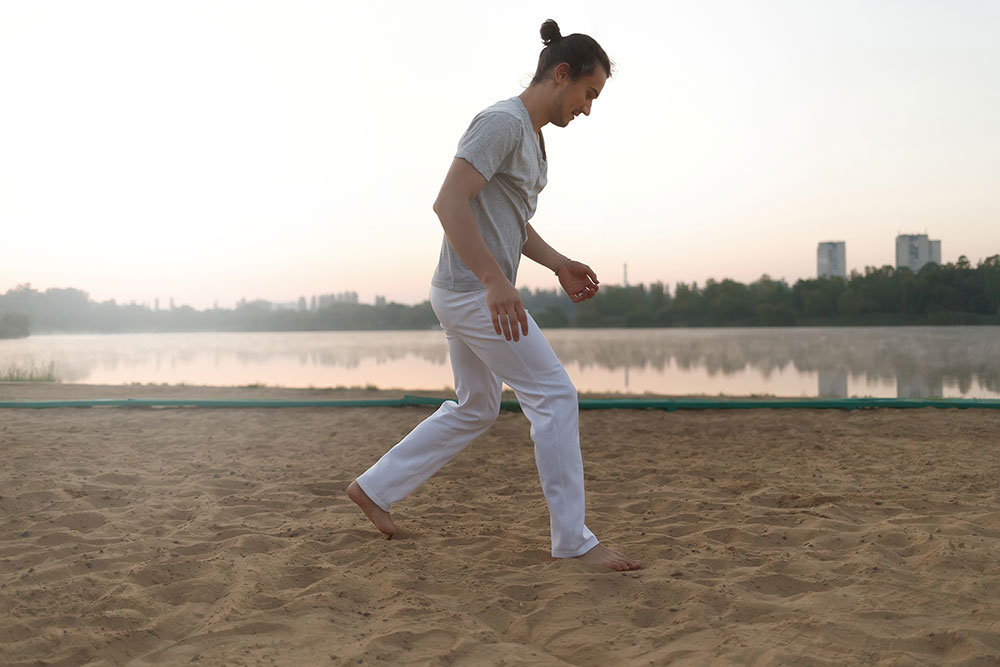
Walking Without Stomping– Soft and controlled movements
One of the most important elements of an elegant walk is ensuring that your movements are soft and controlled. Stomping, or walking with excessive force, can disrupt the fluidity of your stride and make you appear tense or rushed. To avoid this, focus on landing gently with each step, rolling through from the heel to the toe as you walk. Instead of pounding your feet on the ground, aim for a smooth, quiet motion that allows you to glide through space. Walking without stomping creates a sense of grace and poise, making your movements look more deliberate and thoughtful rather than clumsy or heavy.
The key to soft, controlled movements is maintaining an awareness of your foot placement and the way your body moves with each step. It’s not just about lightening the pressure on your feet, but also about staying relaxed and fluid in your overall motion. Tension in your legs, feet, or upper body can result in rigid, heavy steps, so it’s essential to consciously relax your muscles as you walk. Imagine that you’re moving with a sense of ease, allowing each step to flow naturally into the next. This will help eliminate any jerky or abrupt movements, and instead, you’ll achieve a walking style that feels effortless and smooth.
A soft walk not only looks more elegant, but it also has physical benefits. When you avoid stomping, you’re putting less strain on your joints, which reduces the impact on your knees, hips, and lower back. This allows for a more sustainable walking posture, especially if you’re on your feet for long periods. Moreover, walking gently fosters a sense of calm and composure. Whether you’re walking in a formal setting, a public place, or simply around your home, walking with soft, controlled steps exudes confidence and grace. It’s a simple yet powerful way to elevate your walking style and make a lasting, positive impression.
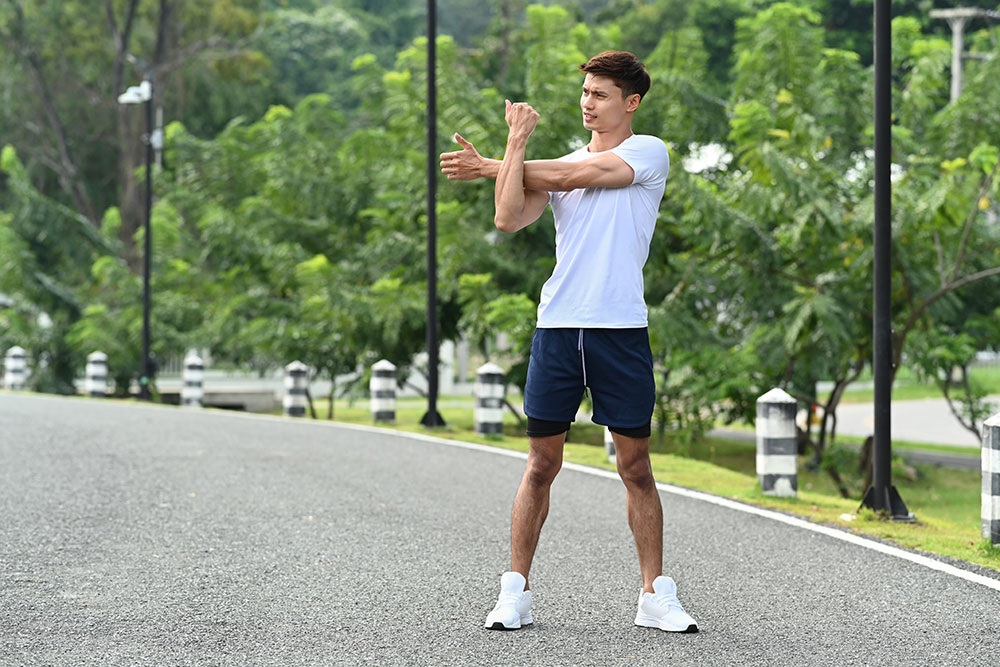
7- The Role of Arms and Hands in Elegant Walking
When it comes to walking elegantly, the role of your arms and hands is often underestimated. While most focus on posture and footwork, the way you carry your arms and hands can significantly impact the fluidity and grace of your movements. Elegant walking isn’t just about the lower body; it’s about achieving harmony between every part of your body as you move. By paying attention to how your arms swing, how your hands are positioned, and how you carry any accessories, you can enhance the overall elegance of your stride. In this section, we’ll explore how to relax your arms and let them swing naturally, how to avoid stiffness, and how to carry bags or other items without disrupting your posture. With the right attention to your arms and hands, you can ensure your entire walk exudes sophistication and poise.
Relaxing the Arms- Allowing natural, rhythmic swinging
One of the key elements to walking elegantly is how you allow your arms to move naturally with your stride. When your arms swing rhythmically, they help maintain the flow and balance of your movement, making each step feel effortless. To achieve this, it’s important to let your arms move freely from the shoulder, without forcing any rigid movements. As you walk, your arms should swing gently forward and backward, in sync with the opposite leg. This fluid movement not only enhances your walk but also helps to distribute your body’s energy evenly, reducing strain on the lower body. The goal is to allow your arms to act as an extension of your body’s rhythm, complementing the natural sway of your hips and the swing of your legs.
Relaxing the arms means avoiding stiffness or overemphasis. Many people unknowingly tense up their arms, holding them in a fixed position or restricting their movement out of self-consciousness. This can make your walk look rigid and unnatural. To relax your arms, focus on keeping them loose at your sides. Imagine that they are “weightless,” gently swinging with your natural cadence. By releasing any tension in your arms, you’ll allow the motion to feel more fluid, helping you move with greater ease and confidence. A relaxed arm swing also adds an extra layer of grace to your walk, making each step seem lighter and more composed.
Allowing your arms to swing naturally not only helps with your physical movement but also contributes to the overall appearance of your walk. A rhythmic arm swing draws attention to the fluidity of your stride, making your body look more coordinated and graceful. This also prevents your arms from appearing stiff or awkward, which can distract from the elegance of your entire walk. When the arms swing freely and rhythmically, they work in harmony with the rest of your body, creating a polished and balanced look. So, the next time you walk, pay attention to how your arms move and consciously allow them to swing naturally with your pace, contributing to a more elegant and poised appearance.
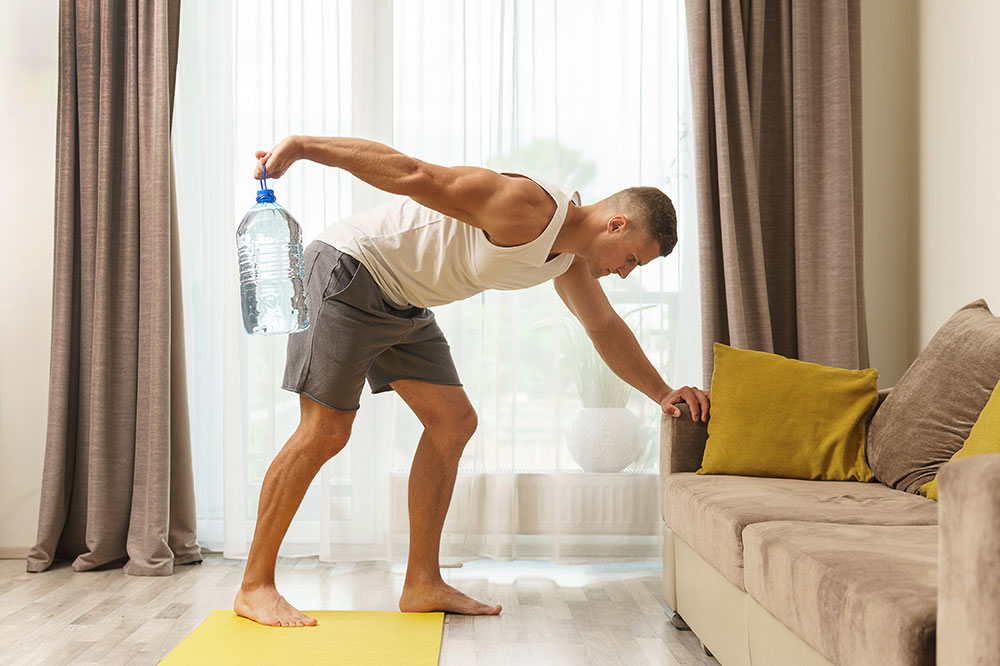
Avoiding Stiffness– Maintaining fluid movement without overemphasis
When walking elegantly, it’s important to avoid stiffness, as rigid movements can detract from the overall grace and flow of your stride. Stiff arms and hands often create an appearance of discomfort or tension, which can make your walk seem less natural. To prevent stiffness, it’s essential to focus on maintaining a relaxed posture while still being aware of how your body moves. Instead of holding your arms too tightly or over-exaggerating your movements, aim for a gentle, fluid swing that feels natural. Think of your arms as an extension of your body’s natural rhythm, allowing them to follow the pace of your stride without any unnecessary tension. This approach will help create a smooth and effortless appearance as you move.
A key part of avoiding stiffness is not forcing or overemphasizing the movement of your arms. Sometimes, in an effort to appear graceful, people inadvertently exaggerate their arm swings or hold their arms too rigidly in certain positions. This can lead to awkward, jerky movements that disrupt the overall flow of the walk. Instead, focus on maintaining a relaxed yet intentional arm movement that complements your body’s natural cadence. Whether you’re walking casually or on a formal occasion, allowing the arms to swing gently with your stride will keep your movements from feeling forced or overdone, which adds to the overall elegance of your walk.
To maintain fluidity in your arm movements, it’s also helpful to be mindful of your entire posture. If your upper body is tense or stiff, your arms will likely mirror this tension, leading to an unnatural swing. Therefore, it’s essential to ensure your shoulders, chest, and upper back remain relaxed and open as you walk. When your entire body is aligned and at ease, your arms will naturally follow suit, creating a balanced and fluid movement. In short, maintaining fluidity in your arm movements is all about finding the right balance; moving with enough intention to appear graceful, but not so much that it feels unnatural or forced.
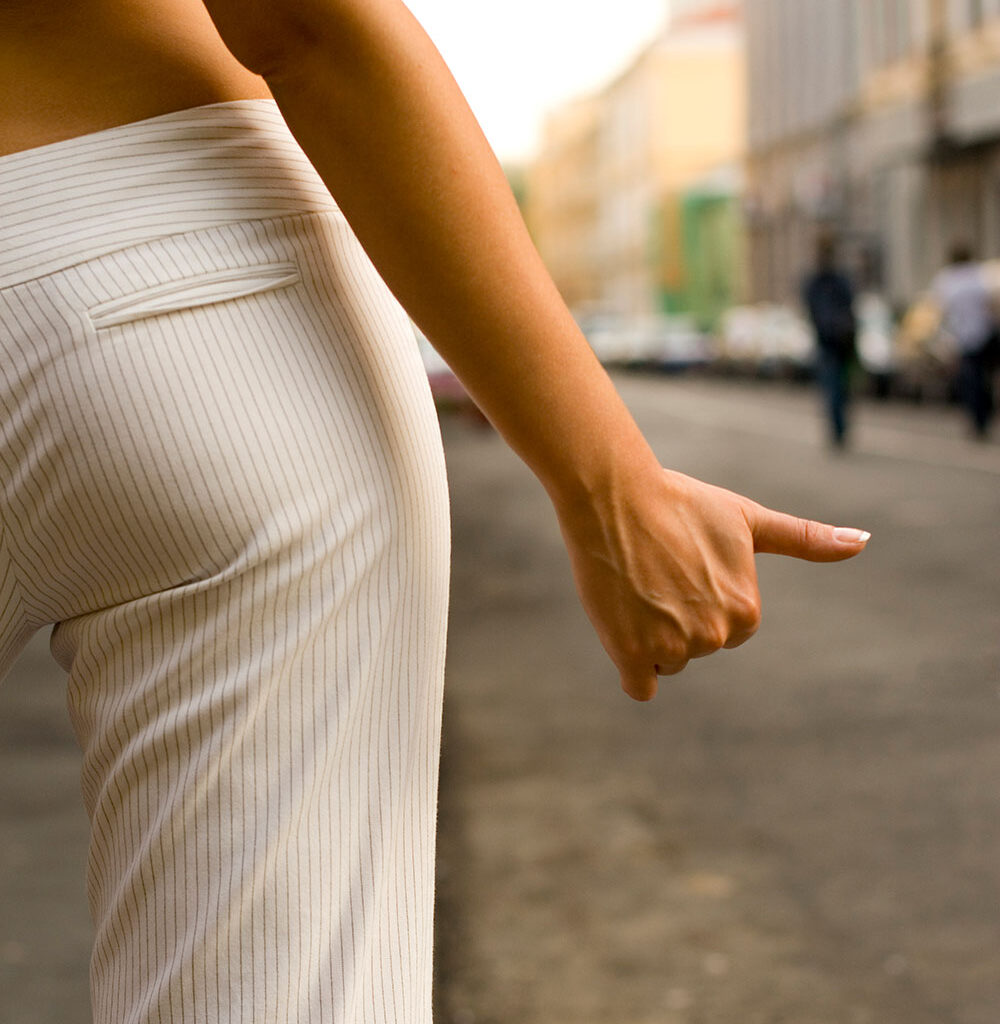
Hand Positioning– Lightly cupping hands or keeping them relaxed by your side
The way you position your hands while walking plays a significant role in the overall elegance of your stride. One of the most graceful ways to position your hands is by lightly cupping them, creating a soft, natural shape. This subtle positioning helps avoid the look of stiff, clenched fists and instead promotes a relaxed and open posture. A slightly cupped hand conveys a sense of poise and grace, while also ensuring that your hands are in a comfortable position, free from tension. It’s not about forcing the hands into a particular shape, but rather about allowing them to rest naturally in a way that enhances the fluidity of your movement without drawing too much attention.
If you prefer a more natural approach, you can also keep your hands relaxed by your sides. This position complements the natural arm swing and ensures that your arms remain loose and fluid as you walk. Avoiding any overemphasis or stiffening of the hands is key, as overly rigid or awkward hand positioning can disrupt the overall flow of your walk. By allowing your hands to simply hang loosely by your sides, you allow the natural rhythm of your body to guide their movement, adding to the relaxed elegance of your stride. Whether cupping your hands or leaving them relaxed at your sides, the key is to keep them free from tension and aligned with your natural gait.
Another factor to consider when positioning your hands is how they interact with any accessories or items you might be carrying. When holding a bag or other item, it’s important not to let it disrupt the natural flow of your arms or posture. Carrying a bag in an overly stiff or awkward manner can negatively affect your overall appearance. Instead, keep the item close to your body in a way that doesn’t restrict the movement of your arms. The goal is to maintain a harmonious, fluid walk, where the positioning of your hands and any accessories seamlessly integrates with the rest of your body’s movement. By being mindful of how you hold your hands, you’ll further elevate the elegance of your walk and overall posture.
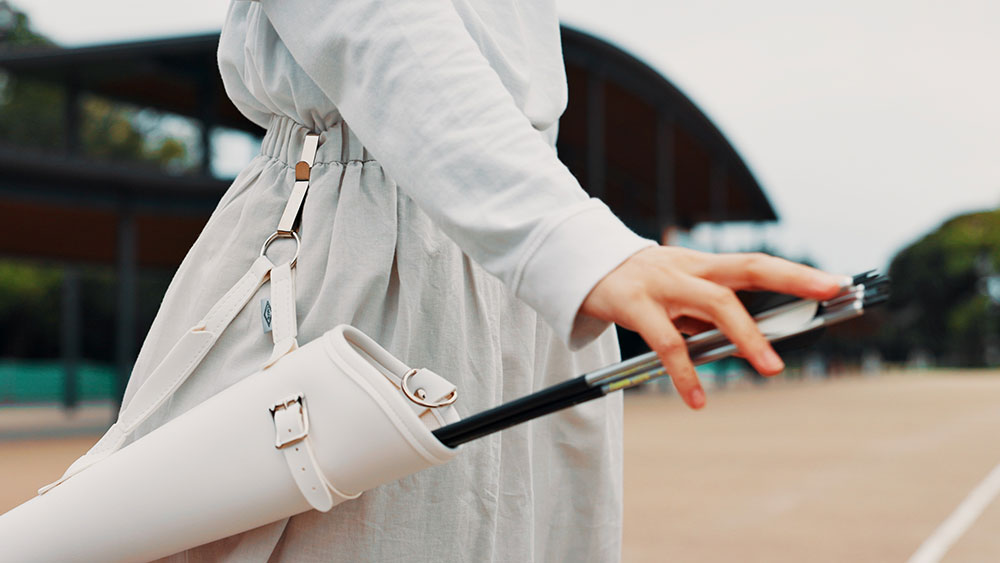
Carrying Accessories Elegantly– Bags and other items without disrupting posture
Carrying accessories like bags, purses, or even a coffee cup is part of everyday life but doing so elegantly requires intention. Many people unknowingly shift their weight, slump one shoulder, or tighten their grip in an awkward way just to hold an item. These subtle imbalances can throw off your posture and disrupt the natural rhythm of your walk. To avoid this, it’s important to stay aware of your body alignment when carrying anything. For instance, if you’re holding a shoulder bag, keep your shoulder relaxed and avoid lifting it to keep the strap in place. This helps maintain a natural line from your shoulder to your hips, allowing your arms to swing smoothly.
Handbags and totes should ideally be carried close to the body and not allowed to swing wildly. Holding a bag with a straight wrist and gently curved fingers allows you to retain elegance without appearing stiff or overly posed. If you’re carrying a crossbody bag, make sure the strap isn’t too tight or pull your body out of balance. A slightly looser strap that sits comfortably across your torso can help distribute weight more evenly, minimizing tension. Similarly, if you’re holding something heavier, try switching sides periodically to prevent muscle strain and to keep your posture balanced. No matter what you’re carrying, the goal is to stay upright, centered, and composed.
Even small accessories like a phone or clutch require mindful handling. When holding a phone, avoid constantly looking down at it as this can create forward head posture or “tech neck.” Instead, lift your arm slightly to bring the phone closer to eye level while keeping your shoulders relaxed. For clutches or compact handbags, hold them lightly without gripping too hard, allowing your fingers to maintain a soft, elegant curve. The key to carrying anything elegantly lies in staying conscious of your posture, keeping movements controlled, and letting your natural alignment guide how you hold or wear your accessories. These small adjustments can make a big difference in maintaining an elegant walk and presence.
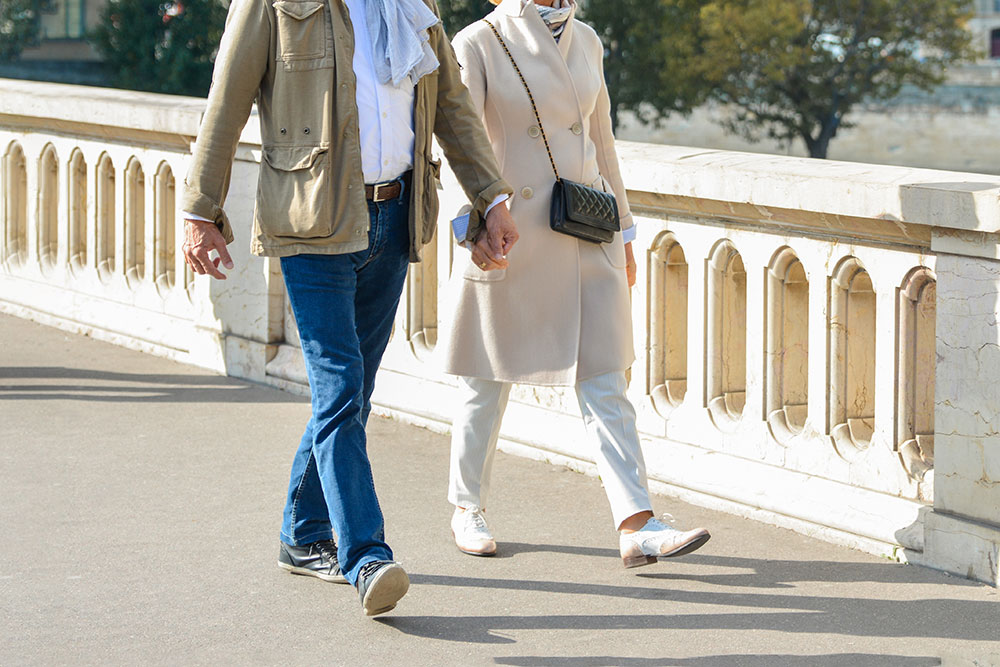
8- Mastering Elegant Walking in Different Situations
Once you’ve built the foundations of good posture and graceful movement, the next step is learning how to carry that elegance into real-life situations. Walking with poise isn’t limited to a smooth hallway or a fashion runway but it’s something you can practice and apply anywhere, from busy streets to formal events. Different environments and outfit choices can influence how we move, and adapting your posture and walk to these changes is what truly defines elegance. Whether you’re navigating a cobblestone path in heels or trying to glide effortlessly across a crowded venue, understanding how to adjust your stride, posture, and pace makes all the difference. This section explores the key techniques for walking gracefully in heels, on uneven ground, and in formal settings. It also covers how to stay composed and balanced when your surroundings aren’t ideal, like during rush hour, in outdoor parks, or on slippery floors. By mastering these subtle shifts and developing a flexible approach to movement, you can maintain confidence and elegance no matter the situation.
Walking in Heels– Techniques to stay balanced and avoid discomfort
Walking in heels gracefully is often seen as a mark of elegance, but it requires a mix of balance, strength, and practice. The first step is choosing the right pair, you can opt for a heel height you’re comfortable with and make sure the shoes fit snugly without pinching. A block heel or wedge can provide more support than a stiletto, especially if you’re new to heels. When you walk, place your heel down first, then gently roll through the ball of your foot to your toes. This heel-to-toe motion helps create a smooth, controlled stride that looks polished. Keep your steps short and deliberate; long strides in heels can make you look unsteady and throw off your posture. Also, avoid locking your knees; keeping them slightly bent helps maintain a fluid motion and reduces strain on your joints.
Posture plays a huge role in walking confidently in heels. Engage your core to support your back and help maintain a neutral spine. This not only improves your balance but also prevents you from leaning forward or backward, which can happen easily in heels. Keep your shoulders relaxed and slightly back, and let your arms swing naturally to help with balance. Looking straight ahead instead of down at your feet will also encourage better alignment. If you’re feeling unsure, practicing on different surfaces like carpets, tiles, and pavements can boost your comfort and confidence. Take your time and don’t rush; moving slowly with intention often appears more graceful than a fast, unsteady walk.
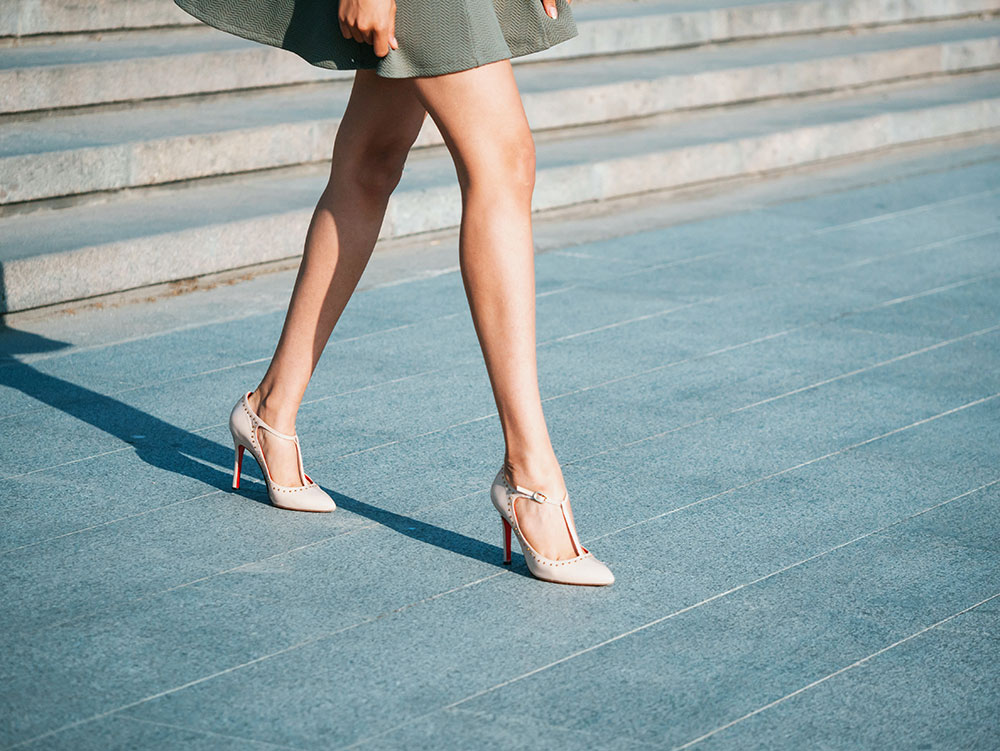
To avoid discomfort, it’s important to listen to your body and give your feet the support they need. Cushioned insoles can provide extra comfort, and taking breaks when possible can help prevent fatigue. Stretching your calves, ankles, and toes before and after wearing heels can also reduce soreness and improve flexibility. If you know you’ll be walking or standing for a long time, consider carrying a pair of foldable flats as a backup. Walking in heels should feel empowering, not painful, and developing the right technique makes all the difference. With regular practice and the right mindset, you can move with ease and elegance, no matter what type of heels you’re wearing.
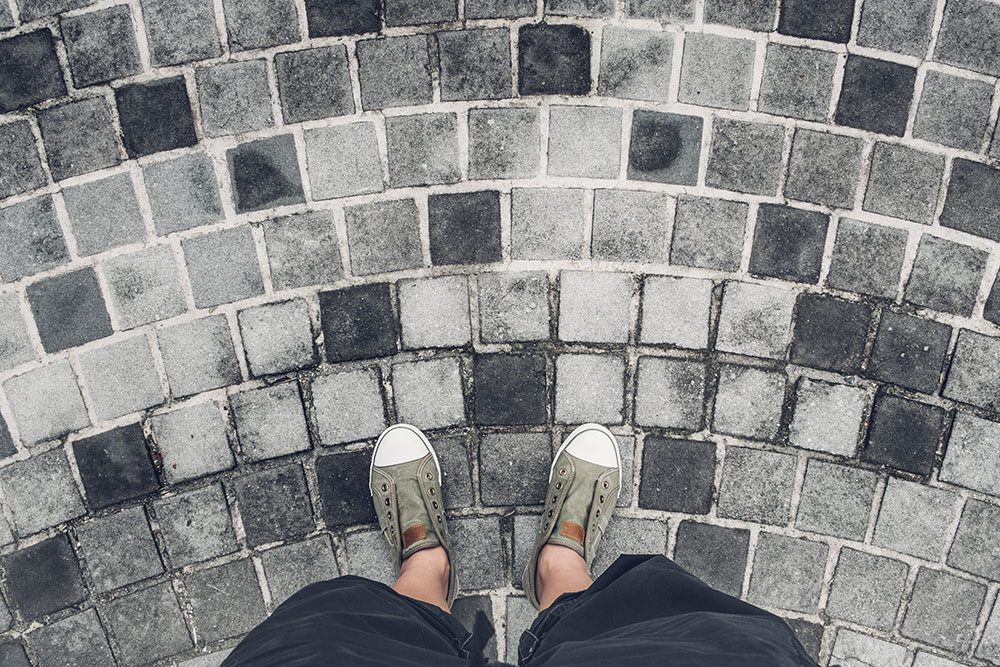
Walking on Uneven Surfaces– Navigating cobblestones, stairs, and slopes gracefully
Walking on uneven surfaces like cobblestones, stairs, and slopes can be tricky, especially when you’re trying to maintain elegance and posture. The key is to slow down and stay fully aware of your surroundings. Rushing across an uneven path often leads to stumbling, losing balance, or compromising your posture. On cobblestone streets, for example, it’s best to take smaller steps and keep your feet close to the ground. Avoid locking your knees and let your legs act like shock absorbers; flexible and responsive. If you’re wearing heels, opt for block heels or wedges when you know you’ll be on uneven ground, as they provide more stability. Keep your core gently engaged to support your balance and help you adjust with each shift in the terrain. Look ahead instead of down at your feet, and use your peripheral vision to stay aware of where you’re stepping without losing poise.
Navigating stairs requires both focus and good posture. Whether you’re walking up or down, always place your entire foot on each step rather than balancing on the ball of your foot. Hold onto a railing if one is available; it’s not just safer, but can also look elegant if done with a light, relaxed grip. Keep your back straight, shoulders relaxed, and avoid hunching over. When descending, shift your weight slightly back and take your time. If you’re in a long dress or skirt, hold it just enough to avoid tripping, without drawing too much attention to the gesture. The same principle applies on sloped surfaces; lean slightly into the hill when walking uphill, and gently resist the slope with your body when walking downhill. This subtle adjustment helps you stay upright and balanced without appearing stiff. Practicing on a variety of surfaces can build confidence, and over time, these small adjustments will become second nature, helping you move gracefully wherever you go.

Adapting to Formal Occasions– Walking gracefully in long dresses or gowns
Adapting your walk for formal occasions, especially when wearing long dresses or gowns requires a heightened sense of awareness, grace, and control. The way you move in elegant attire should complement the style and flow of what you’re wearing. Long dresses can sometimes limit your stride, so it’s important to take slightly smaller steps than usual while maintaining your posture. This helps prevent tripping and creates a more fluid motion. Instead of letting the gown dictate your movements, learn to gently guide the fabric with your hands if necessary. Lightly lifting the hem just a few inches, especially when going up stairs or stepping into a vehicle can make all the difference in maintaining both balance and elegance. Always keep your back straight and shoulders relaxed, allowing the dress to glide naturally with your movement. Avoid swinging your arms too widely, as it can distract from the soft, graceful impression that formalwear often calls for.
In formal settings, your walk should also reflect the occasion’s tone; more refined, composed, and controlled. Whether you’re entering a gala, walking across a stage, or heading down a formal hallway, your posture and presence make a strong impression. Keep your gaze forward, chin slightly lifted, and walk with intention, as though every step has purpose. Avoid fidgeting with your outfit or accessories; instead, make subtle adjustments only when absolutely necessary. If you’re wearing heels with your gown, ensure they are comfortable and supportive enough to allow a steady pace. Practicing beforehand in your full outfit can help you feel more confident and natural. The goal is to walk in a way that highlights your outfit rather than being overshadowed by it. By finding a rhythm that suits both your attire and the setting, you can carry yourself with effortless poise no matter how grand the occasion.
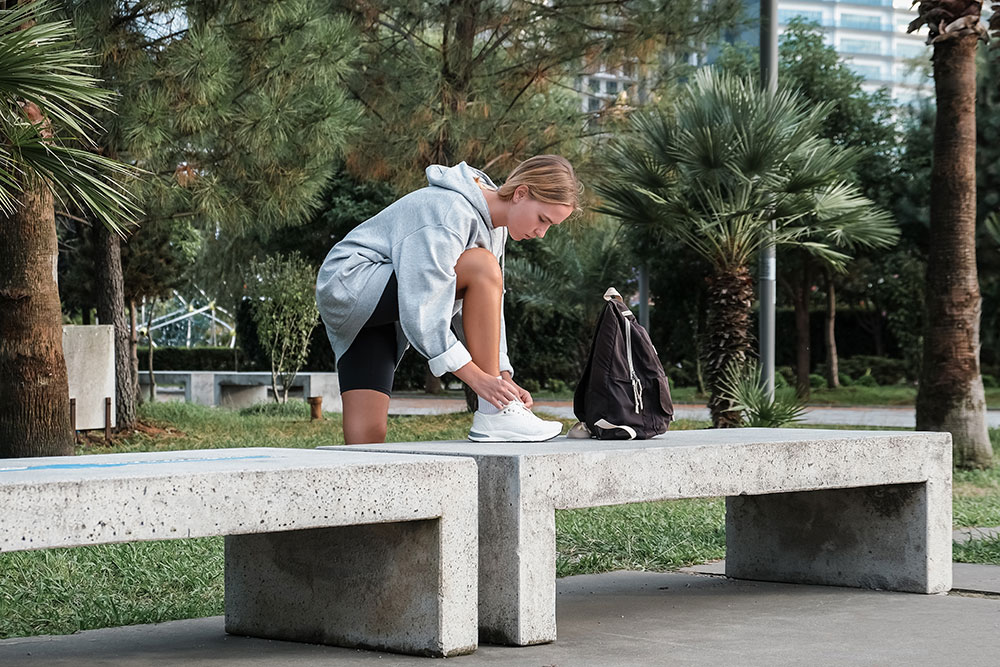
Adjusting Pace and Posture for Various Environments– Parks, office spaces, and public events
Adjusting your pace and posture based on your environment is a key part of walking elegantly. Different settings call for different types of movement, and being aware of this can help you maintain grace and presence wherever you go. For instance, walking in a park might allow for a more relaxed stride, but that doesn’t mean you should let your posture slip. Even in casual settings, keeping your spine aligned, shoulders relaxed, and head level shows attentiveness and composure. In more open or natural environments, your pace can be leisurely, but try to avoid dragging your feet or slouching, especially if you’re carrying a bag or walking with others. The goal is to blend ease with elegance, showing that you’re comfortable yet still aware of how you move.
In contrast, office spaces typically require a more professional and refined posture. Your walk should be purposeful, but not rushed. Moving too quickly can make you appear anxious or flustered, while walking too slowly might seem disengaged. Keep your steps even and your arms relaxed at your sides, gently swinging in rhythm. Navigating around desks, coworkers, and tight corners means being mindful of your personal space and those around you. Holding your posture while carrying a laptop, files, or a coffee cup shows control and poise, which reflects well in a professional environment. Even short walks from one room to another are opportunities to present yourself with quiet confidence.
At public events; whether casual or formal, your pace and posture should reflect the energy of the space while maintaining your elegance. In crowded places, take smaller, more measured steps to avoid bumping into others, keeping your arms close to your sides. Don’t forget to maintain a soft facial expression and upright posture, especially in social settings where others may be watching or interacting with you. If you’re walking into a room full of people or across a stage, let your walk signal confidence without exaggeration. Adjust your stride depending on whether the surface is carpeted, slick, or uneven, always prioritizing safety and steadiness. Mastering the ability to adapt your walk to various environments not only enhances your physical presence; it shows emotional intelligence and social awareness too.

9- Breath Control for Poise and Elegance
Now that we’ve explored how to adjust your stride, posture, and movement for various environments, let’s take a deeper look at a powerful yet often overlooked element of elegance: breath control. Just like posture and walking style, the way you breathe plays a huge role in how poised and composed you appear. Smooth, controlled breathing not only supports physical balance but also anchors your presence in any space you enter.
In this section, we’ll cover how breath connects your inner calm with your outer confidence. You’ll learn techniques for relaxing through mindful breathing, how to synchronize your breath with movement to maintain a graceful rhythm, and the benefits of diaphragmatic breathing in supporting proper posture. With a bit of practice, breathing with intention can become second nature which will help you move through the world with a sense of calm authority and effortless elegance.
Breathing Techniques for Relaxation– Promoting calm and confidence
Breathing techniques for relaxation are a simple yet powerful way to promote calm and boost confidence; especially when you’re trying to carry yourself with elegance. When we’re nervous or tense, our breath often becomes shallow and fast, which can increase anxiety and even affect how we move or carry ourselves. By slowing down and deepening your breath, you tell your nervous system to relax. This not only calms your body but also allows your posture to naturally settle into a more open and graceful form. Relaxed breathing helps soften the shoulders, release tension in the neck, and prevent stiffness, all of which support a more elegant appearance.
One of the easiest techniques to try is called box breathing. This involves inhaling for a count of four, holding for four, exhaling for four, and pausing for another count of four before repeating. It creates a steady rhythm that helps clear your mind, calm your nerves, and bring your focus back to the present moment. You can practice it while sitting, standing, or walking; it’s especially useful before a presentation, a social event, or even just a stressful commute. With consistent use, this breathing pattern can help you feel more grounded and in control, making it easier to maintain graceful posture and presence wherever you go.
Another helpful method is the 4-7-8 technique, which involves inhaling through your nose for four seconds, holding for seven seconds, and exhaling slowly through your mouth for eight seconds. This kind of breathwork not only promotes relaxation but also slows the heart rate and reduces feelings of stress almost instantly. It’s particularly helpful before important events where you want to project calm and confidence. Incorporating breathing exercises like these into your daily routine builds emotional control and mindfulness, which naturally enhances how you move and interact. Over time, this relaxed state becomes your default, supporting both your inner well-being and your outward elegance.
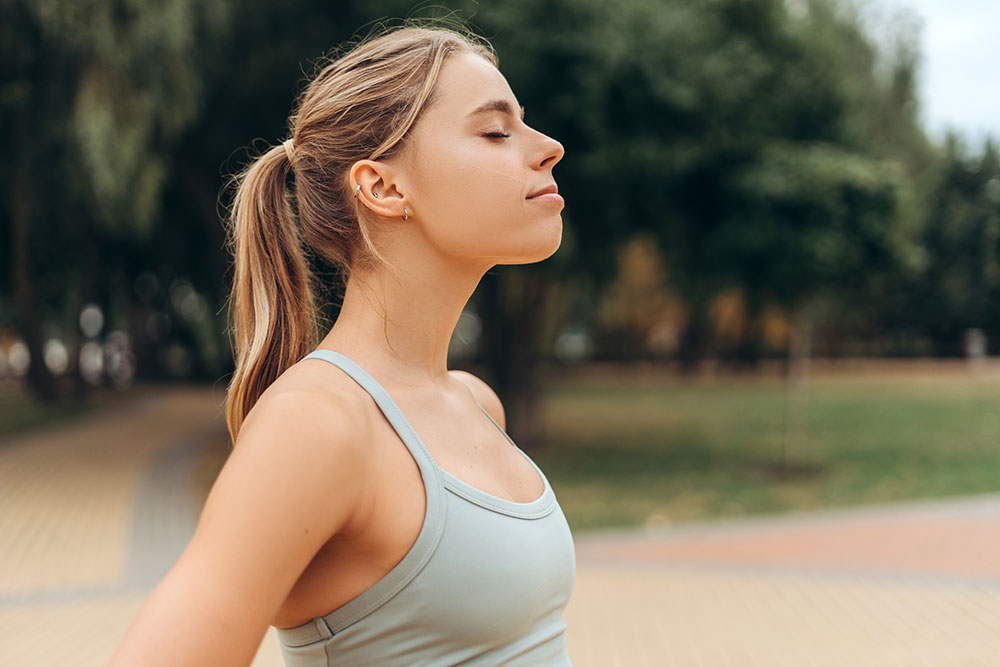
Synchronizing Breathing with Movement– Ensuring smooth, natural motion
Synchronizing your breathing with movement is a key element in achieving graceful, fluid motion; whether you’re walking, dancing, or simply moving through your day. When your breath flows in harmony with your steps or gestures, your body moves more smoothly, your muscles engage more efficiently, and your mind stays focused and relaxed. This coordination isn’t just about physical technique; it’s about creating a natural rhythm between breath and movement that supports balance, posture, and elegance. For instance, inhaling as you stand tall and exhaling as you take a step can make your stride feel more intentional and composed.
Many professional performers like dancers, models, and actors, train to link breath and movement because it enhances control and expression. You don’t have to be on a stage to benefit from this practice. Something as simple as matching your breath to your pace while walking can make a big difference. If you tend to rush or move tensely, conscious breathing slows you down and encourages awareness. For example, taking a slow, full inhale over a few steps and exhaling steadily over the next few can help you maintain an even, flowing pace. It prevents choppy, stiff movements and helps you glide rather than stomp or rush, reinforcing a sense of calm elegance in your overall presence.
What’s powerful about this technique is how adaptable it is. You can practice it in casual settings like strolling through a park or during more formal moments like walking into a room full of people. With time, synchronizing your breath and movement becomes second nature, making your body language appear effortless and composed. It also helps reduce physical strain by minimizing unnecessary tension, allowing you to walk, sit, or gesture with a sense of grace that feels as good as it looks.
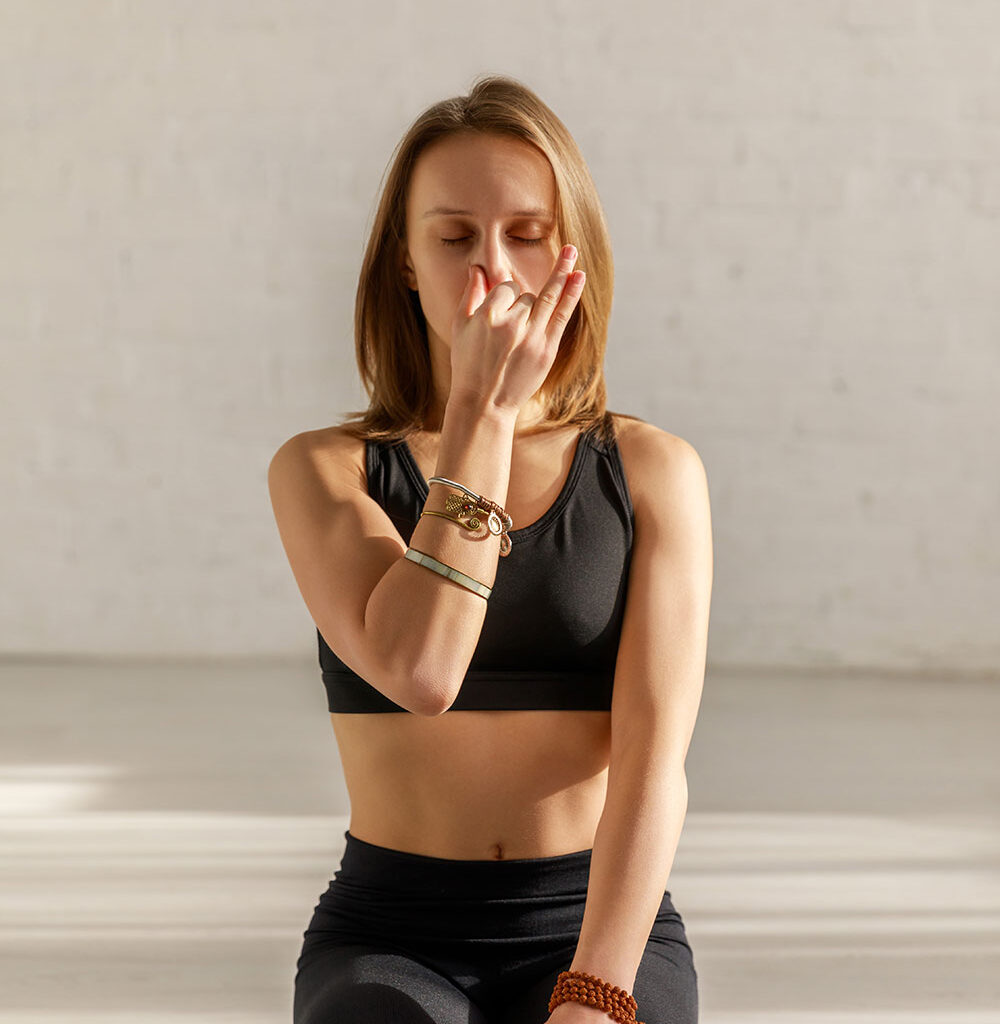
Diaphragmatic Breathing– Using deep belly breaths for better posture
Diaphragmatic breathing, often called deep belly breathing, is a powerful yet often overlooked tool when it comes to improving posture and promoting elegance. Unlike shallow chest breathing, which can create tension in the neck and shoulders, diaphragmatic breathing engages the diaphragm, a large muscle located at the base of your lungs to draw air deeply into the lungs. This type of breathing naturally encourages your torso to lengthen and your spine to stack properly, helping you maintain a neutral, upright position without strain. As your belly gently rises and falls, your upper body relaxes, making it easier to hold yourself tall without feeling rigid or forced.
One of the key benefits of diaphragmatic breathing is that it supports your core from the inside out. The diaphragm works in harmony with the pelvic floor, abdominal muscles, and lower back to create a stable center. This not only enhances balance and movement but also makes it easier to stay aligned whether you’re standing still or walking. Practicing deep breathing regularly; especially during moments of tension or fatigue, can prevent slouching and the tendency to collapse into your posture. Over time, your body learns to associate deep, grounded breaths with an upright, confident stance, making good posture feel more natural and less like something you have to constantly correct.
Integrating diaphragmatic breathing into your daily life can transform not just how you look, but how you feel. It’s particularly helpful before important events or presentations, where nerves might otherwise cause shallow breathing and stiffness. By grounding yourself through your breath, you cultivate both physical elegance and inner calm. It reinforces the idea that true poise comes from within rooted in awareness, control, and a deep connection between breath and body.
Continue Reading
- How to have a good posture and walk elegantly / Part 1
- How to have a good posture and walk elegantly / Part 2
- How to have a good posture and walk elegantly / Part 3
- How to have a good posture and walk elegantly / Part 4
- How to have a good posture and walk elegantly / Part 5
Written By: Muskaan Khojestagan


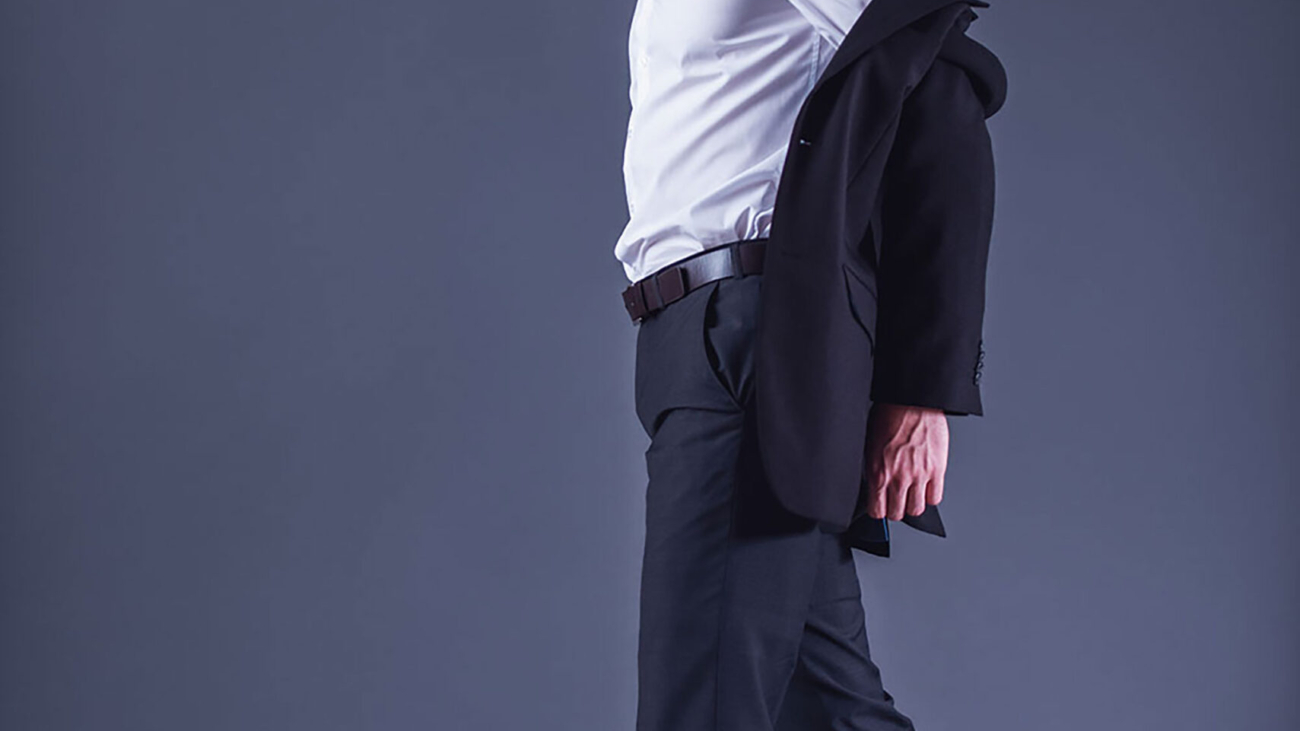
Add a Comment